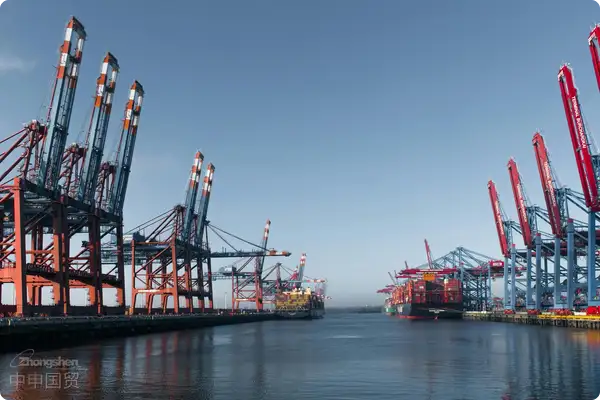- Shanghai Zhongshen International Trade Co., Ltd. - Two decades of trade agency expertise.
- Service Hotline: 139 1787 2118

Contents
ToggleThe special requirements for importing instruments in higher education institutions.
The latest data from the General Administration of Customs in 2025 shows that scientific researchEquipment ImportsThe customs clearance time has been reduced by 18% compared to 2024, but the error rate in declarations remains at 7.2%. As a special import entity, universities exhibit three distinct characteristics in the process of equipment introduction:
- The tax exemption policy is complex:It must simultaneously meet the dual criteria of the "Tax Exemption Measures for Scientific and Educational Supplies" and the "Catalog of Non-Duty-Free Imported Goods."
- Technical parameters sensitive:High-precision instruments often involve the verification of Export Control Classification Numbers (ECCN).
- Delivery time requirement:The teaching and research cycle necessitates that the import process must be completed within 45 working days.
The Four Core Challenges in Customs Clearance Practice
A typical case of customs clearance delays encountered by a 985 university in March 2025 when importing a cryo-electron microscope highlights the following key risk points in the importation of scientific research equipment:
- Commodity classification disputes:
- The classification of electron microscopes may involve different chapters such as 9012.10 or 9022.30.
- Differences in the Declaration Strategy Between Accessories and the Main Unit
- Tax exemption qualification certification:
- Management of Validity Period for Laboratory Grade Certification Documents
- Demonstration of the Compatibility Between Imported Equipment and Scientific Research Projects
End-to-end optimization solution
Based on the latest customs clearance practices in 2025, it is recommended to adopt a three-tier risk prevention and control system:
- Preliminary review stage:
- Establish a database of equipment technical parameters (including HS CODE cross-reference table)
- Apply for a pre-classification opinion letter (recommended to submit at least 60 working days in advance).
- Declaration execution phase:
- Adopt the "dual-single comparison" mode (procurement contract and tax exemption approval document)
- Set up dedicated declaration channels (priority inspection for AEO-certified enterprises).
In-depth case study analysis
Case of a Provincial University's Imported Mass Spectrometer Being Questioned by Customs in January 2025:
- Key issue in dispute: Whether the detection accuracy of the equipment exceeds the scope of civilian use.
- Solution path:
- Provide the "End User Statement" issued by the manufacturer.
- Approval Document for the Supplementary Key Laboratory of the Ministry of Education
- Reissue the performance verification report from the National Institute of Metrology, China.
- Processing result: Duty-free release, saving tariff costs of 1.24 million yuan.
Trend forecast for the next three years
According to the direction of customs supervision reform for 2025-2027, the import of university equipment will exhibit three new characteristics:
- The "Single Window" of the Electronic Port will add a dedicated module for scientific research equipment.
- The import data of the instrument sharing platform will be included in the scope of customs verification.
- The annual review system for tax-exempt qualifications may be adjusted to a dynamic credit management approach.
Related Recommendations
? 2025. All Rights Reserved. Shanghai ICP No. 2023007705-2  PSB Record: Shanghai No.31011502009912
PSB Record: Shanghai No.31011502009912










